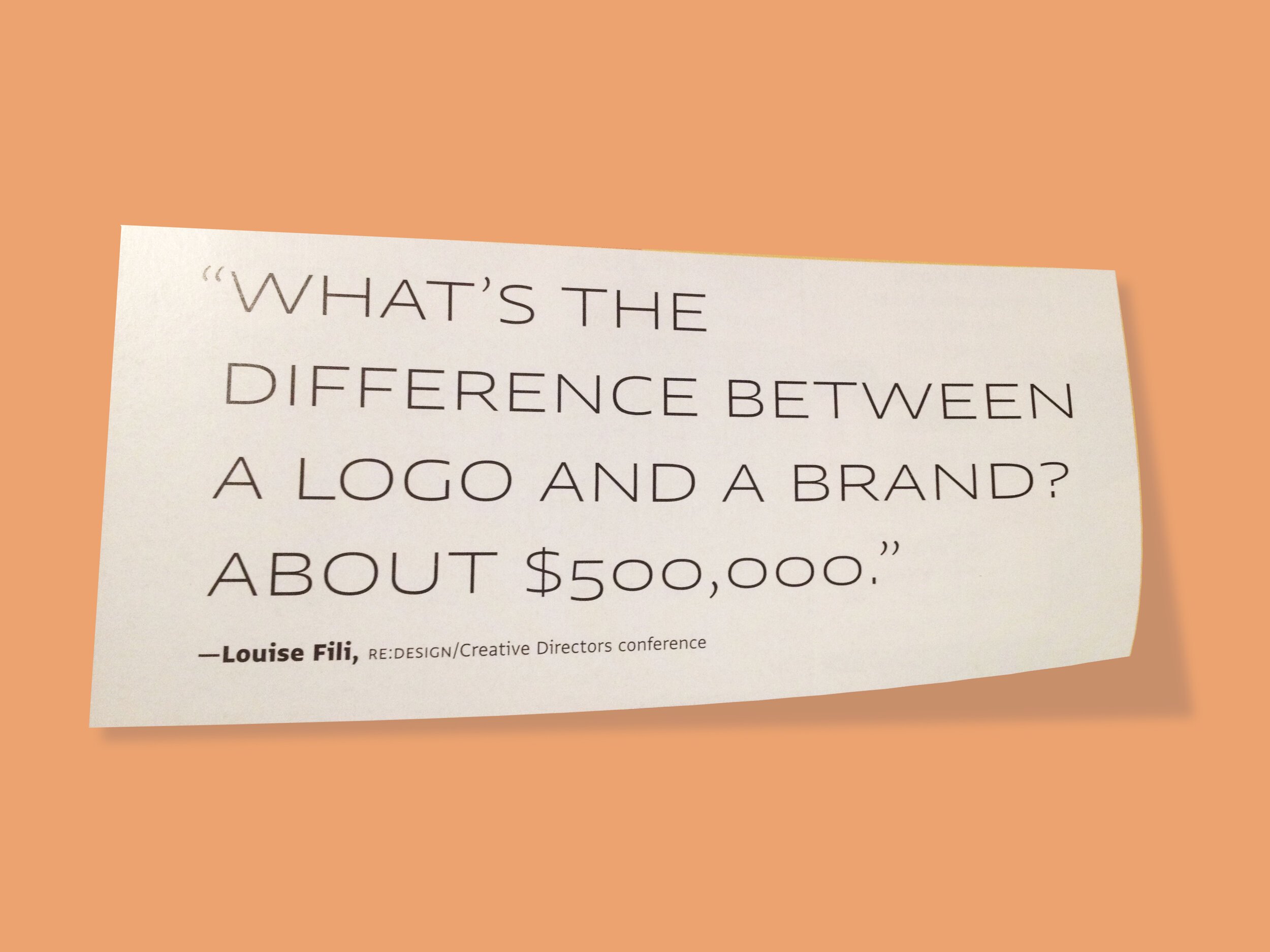WEEK 11 -
BRANDING AND COHORT DECKS







“A brand is a name, term, design, symbol, or any other feature that identifies one seller’s good or service as distinct from those of other sellers”
Branding in 2025: The Identity Revolution
In 2025, every individual is a brand and every brand strives to act like an individual, effectively erasing the traditional boundaries between personal and corporate identity.
Propelled by new technology, companies leverage AI for hyper-personalized engagement, experiment with Web3’s decentralized communities to co-create brand narratives, and deploy AR/VR to deliver immersive experiences that blur the physical and digital worlds.
Meanwhile, empowered consumers demand authenticity, social impact, and two-way interaction – two-thirds base their buying decisions on a brand’s values and nearly 90% are likelier to support brands that “keep it real”. This has made branding a high-stakes arena, rife with opportunities for innovative engagement and community-building. Yet it is also fraught with challenges in maintaining trust and human connection.
The brands (and personal brands) that will thrive are those who stay true to their values and adapt relentlessly in this culture-driven, tech-fueled landscape.
BRAND SPECIES
BRAND AWARENESS
A successful brand accurately portrays the message or feeling the company is trying to get across and results in brand awareness, or the recognition of the brand's existence and what it offers. On the other hand, an ineffective brand often results from miscommunication.
BRAND EQUITY
Once a brand has created positive sentiment among its target audience, the firm is said to have built brand equity. Some examples of firms with brand equity—possessing very recognizable brands of products—are Microsoft, Coca-Cola, Ferrari, Apple, and Disney.
BRAND LOYALTY
If done right, a brand results in an increase in sales for not just the specific product being sold, but also for other products sold by the same company. A good brand engenders trust in the consumer, and, after having a good experience with one product, the consumer is more likely to try another product related to the same brand. This phenomenon is often referred to as brand loyalty.
PERSONAL BRAND
the conscious and intentional effort to create and influence public perception of an individual by positioning them as an authority in their industry, elevating their credibility, and differentiating themselves from the competition, to ultimately advance their career, increase their circle of influence, and have a larger impact. The process of personal branding involves finding your uniqueness, building a reputation on the things you want to be known for, and then allowing yourself to be known for them. Ultimately, the goal is to create something that conveys a message and that can be monetized. This is what will be the first logo/brand of your company.
COHORT DECKS
📝 Assignment: Peer Evaluation of Investment Pitch Decks
🔍 Objective:
You will critically assess a classmate’s investment pitch deck using the principles outlined in Art of the Start by Guy Kawasaki. In addition to evaluating the core elements of a strong pitch, you will assess the social impact viability of the venture and how it aligns with our course mission: to affect change.
📚 Evaluation Criteria:
Your evaluation should be 1–2 pages, typed and double-spaced, and should provide thoughtful, constructive feedback across the following categories:
1. Guy Kawasaki's 10/20/30 Rule
Clarity and Brevity: Is the deck concise and compelling?
Design: Is it visually effective (no font below 30pt, etc.)?
Time Awareness: Could it be presented in 20 minutes or less?
2. The 10 Slides Framework
Evaluate how well the pitch covers these key elements:
Problem – Is a real and urgent issue clearly defined?
Solution – Is the proposed product/service innovative and feasible?
Business Model – Is there a clear plan for financial sustainability?
Underlying Magic – What is the “secret sauce” or differentiator?
Go-to-Market Plan – Are the steps to reach users clear and executable?
Competitive Analysis – Are competitors identified and differentiated?
Management Team – Are the founders credible and capable?
Financial Projections & Metrics – Are these realistic and aligned?
Current Status, Accomplishments, Timeline – Is there traction?
Call to Action – Is there a clear ask for funding, support, or partnership?
3. Viability Assessment
Does the venture show promise of succeeding in the real world?
Are the market assumptions valid and researched?
Is there a sustainable path to profitability or growth?
4. "To Affect Change": Social Entrepreneurship Lens
How well does the pitch align with affecting meaningful change?
Is the social or environmental impact core to the mission or just tacked on?
Are beneficiaries clearly identified and empowered?
Does it present ethical considerations and systemic understanding?
💬 Feedback Tone:
Focus on constructive criticism: what’s working, what can be improved.
Use professional language, but speak as if you’re advising a peer entrepreneur.
Offer one bold suggestion the team might consider to amplify impact or viability.
✅ Submission Details:
Format: PDF


































